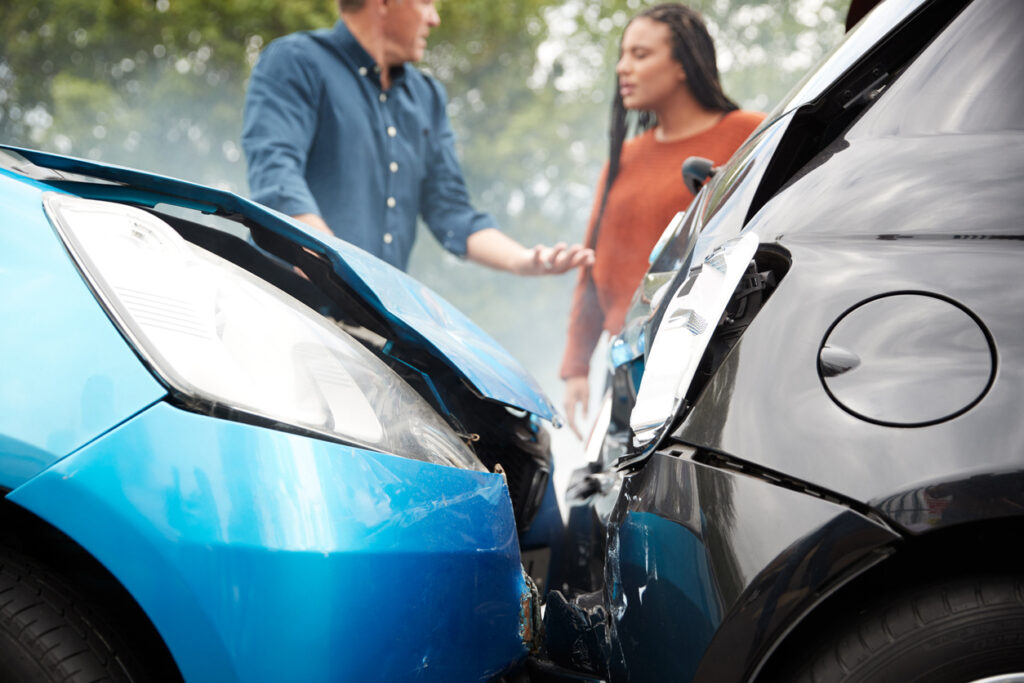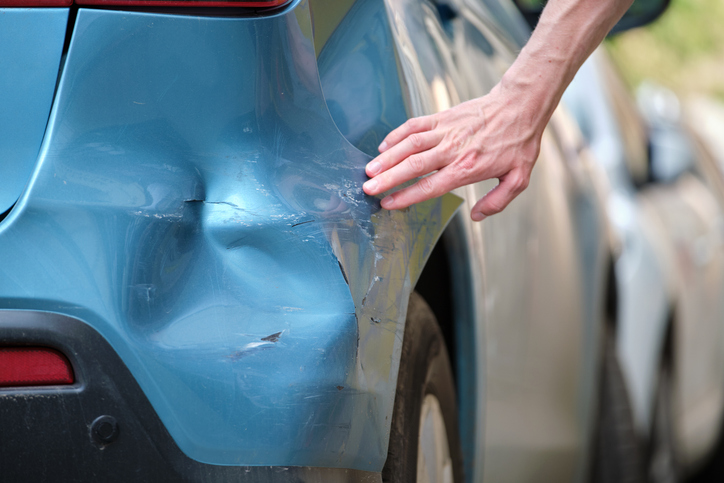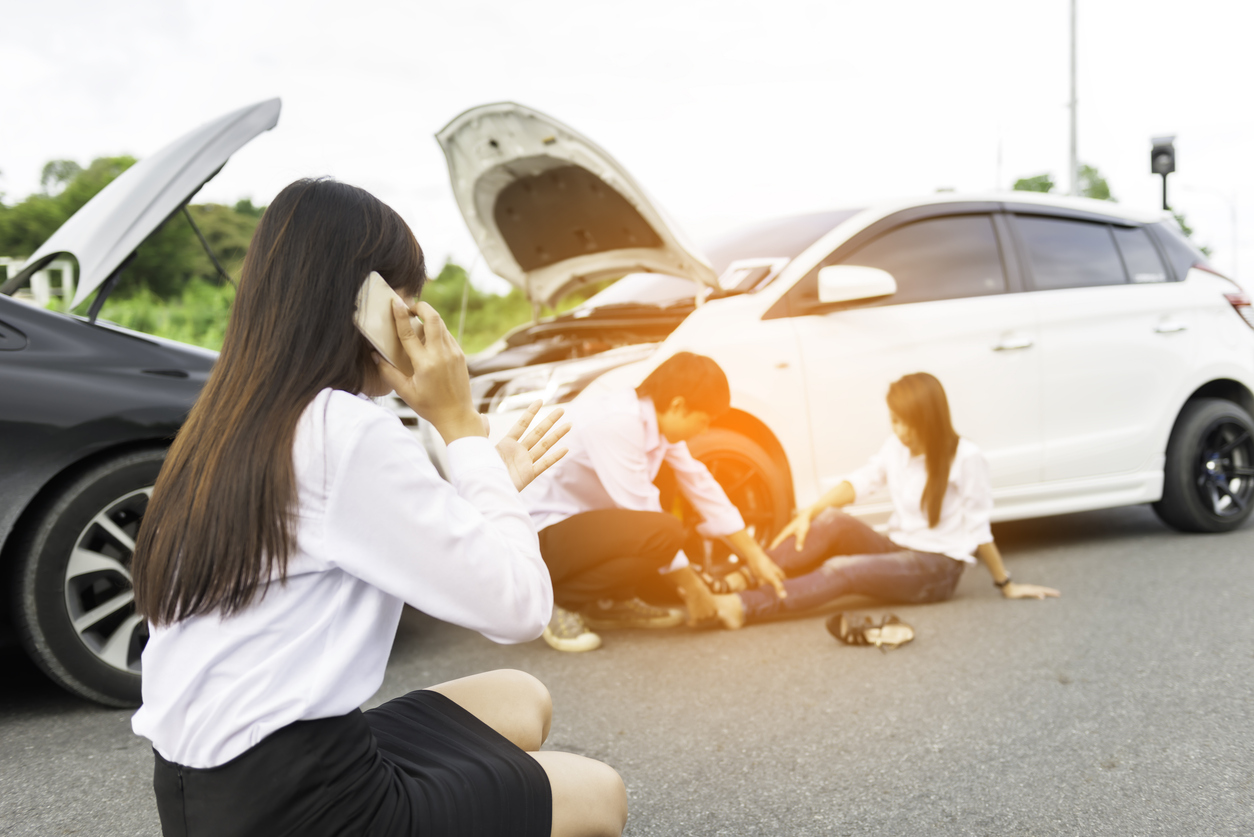North Carolina’s highways, urban intersections, and growing suburban sprawl have created a complex traffic landscape where risk varies by region. While the state’s transportation infrastructure connects its major metro areas efficiently, car accidents in North Carolina cities remain a persistent and growing concern. Not all cities present equal risk, however. Some urban areas consistently rank as high-danger zones for vehicle collisions due to congestion, speeding, or inadequate road design.
A deeper look at the accident trends by location not only reveals which cities drivers should be most cautious in, but also what underlying factors contribute to this urban hazard.
The Rising Pattern of Car Accidents in North Carolina Cities
In recent years, car accidents in North Carolina cities have escalated at a troubling pace. The North Carolina Department of Transportation (NCDOT) publishes annual crash data showing notable increases in urban traffic incidents, especially in Charlotte, Raleigh, Greensboro, and Fayetteville. These cities are not just population centers — they also represent nodes of heavy vehicle movement, mixed traffic patterns, and complex road networks.
Charlotte, for instance, leads in both total crash volume and severity. The city’s fast-paced growth has outpaced the capacity of its roads, leading to congestion that increases the likelihood of rear-end collisions, side-impact accidents, and pedestrian incidents. Raleigh, the capital city, similarly faces challenges tied to high commuter density and ongoing construction zones.
This trend isn’t simply about raw numbers. It’s also about the types of accidents occurring, their locations, and their consequences for drivers, passengers, and pedestrians.
Why Certain Cities Stand Out for Traffic Dangers
The frequency of car accidents in North Carolina cities isn’t random. Some cities consistently rank high in accident reports due to specific conditions that create risky driving environments.
Charlotte often tops the list because of Interstate 485 and I-77 congestion, mixed with aggressive lane changes and poorly synchronized traffic signals. Durham experiences high crash volumes in its downtown sector, where one-way streets and sudden merges confuse drivers unfamiliar with the area. Meanwhile, Wilmington and Asheville face unique geographical challenges that contribute to accident clusters — from steep terrain to narrow historic roads.
According to a recent report on car accidents in North Carolina cities, cities like Charlotte and Greensboro not only report more crashes but also record more fatal or injury-related collisions. This suggests that the severity of urban accidents is just as troubling as the frequency.
Road Design and Traffic Volume as Accident Catalysts
The core elements fueling car accidents in North Carolina cities include traffic density, road design flaws, and limited enforcement of safety regulations. Intersections without designated turn lanes, poorly lit streets, and inadequate pedestrian infrastructure amplify the chance of collisions.
Urban sprawl plays a role too. As cities grow outward, roads built for lower capacity traffic suddenly accommodate tens of thousands of additional vehicles daily. The mismatch between original road planning and present-day use is a recurring theme in accident reports.
Furthermore, North Carolina’s cities face the double pressure of serving local traffic and acting as pass-throughs for interstate travel. This dynamic creates friction between routine commuters and transient drivers unfamiliar with local driving patterns or speed enforcement zones.

Disproportionate Impact on Vulnerable Road Users
A recurring trend within car accidents in North Carolina cities is the disproportionate impact on pedestrians and cyclists. Cities like Raleigh and Winston-Salem have reported spikes in pedestrian-involved collisions, especially at crosswalks without adequate signaling.
Low-income neighborhoods in urban areas are often overrepresented in accident data. These communities frequently lack proper sidewalks, suffer from poor street lighting, and have longer emergency response times. The result is not just more accidents but worse outcomes for those involved.
These conditions reflect broader systemic issues that go beyond driver behavior and touch on urban policy, infrastructure investment, and public transit accessibility.
The Seasonal Nature of North Carolina Urban Crashes
Seasonality also plays a role in car accidents in North Carolina cities. Winter weather, though mild compared to northern states, still affects urban driving safety. Black ice, fog, and heavy rain create unpredictable conditions, particularly in cities like Asheville and Boone where elevation changes can rapidly impact driving surfaces.
Summer months, on the other hand, bring increased traffic from tourism and local events. This influx of out-of-town drivers heightens the risk of accidents in cities like Wilmington and Chapel Hill. The Memorial Day to Labor Day stretch consistently shows a spike in crashes involving non-local drivers unfamiliar with city-specific road patterns or signage.
City-by-City Breakdown of Urban Crash Statistics
To understand the depth of car accidents in North Carolina cities, consider the unique profile of some key metropolitan areas:
Charlotte: Highest crash rate in the state; aggressive driving and road expansion projects increase risks.
Greensboro: High rates of highway interchange collisions and distracted driving incidents.
Durham: Known for side-impact crashes and high accident rates near university campuses.
Raleigh: Congestion mixed with poor traffic signal timing creates frequent stop-and-go collisions.
Fayetteville: Notable for high-speed crashes on urban arterial roads.
Each of these cities features in state-level transportation analyses that pinpoint where interventions like red-light cameras, roundabouts, or traffic enforcement blitzes could mitigate danger.
For example, the North Carolina Governor’s Highway Safety Program has prioritized urban areas with recurring accident clusters for funding safety education campaigns and municipal road upgrades.
Driver Behavior and Local Enforcement Trends
Human behavior is central to the prevalence of car accidents in North Carolina cities. Speeding, texting while driving, and failing to yield are dominant causes across city reports. However, enforcement remains inconsistent.
In high-crash cities like Charlotte, ticketing for mobile phone use while driving is relatively low compared to observed violations. Cities with more active traffic policing — such as Cary or Chapel Hill — tend to report fewer severe accidents, even when population density is high.
This enforcement gap means that laws alone are not enough. Visibility of law enforcement, driver education, and real-time traffic monitoring all contribute to safer city driving environments.

How City Infrastructure Fuels or Fights Accident Risk
The built environment determines whether driving becomes dangerous or manageable. In cities like Asheville, where roads curve sharply with elevation shifts, vehicle control becomes more difficult. Greensboro, by contrast, features flat and straight roads but struggles with overburdened intersections.
The intersection of McDowell and Stonewall in Charlotte, and the Wade Avenue corridor in Raleigh, have become synonymous with accident frequency. Poor lane markings, sudden merges, and unclear turn signals create confusion that leads to crashes.
In recent years, urban planners have begun to integrate “Vision Zero” strategies — a design approach aiming to eliminate traffic fatalities through better infrastructure and traffic calming techniques. But progress remains uneven across cities, meaning that car accidents in North Carolina cities continue to reflect these underlying disparities in city planning and traffic investment.
Public Transit Gaps and Traffic Congestion Collisions
Inadequate public transportation options also exacerbate car accidents in North Carolina cities. With many residents relying on personal vehicles, even short trips flood the roads with unnecessary traffic. Cities like Winston-Salem and High Point face limited bus coverage, pushing more drivers into already saturated urban routes.
Congestion fuels impatience — a key contributor to tailgating, abrupt lane shifts, and intersection blocking. The domino effect of one rear-end collision on a busy urban artery often leads to chain-reaction pileups, further amplifying urban crash rates.
Pedestrian Safety Initiatives and Their Limitations
City governments have tried to reduce pedestrian-related car accidents in North Carolina cities by implementing crosswalk visibility upgrades, pedestrian countdown signals, and street lighting improvements. However, these initiatives are often concentrated in high-income downtown sectors, leaving many outlying neighborhoods vulnerable.
Pedestrian bridge projects and protected bike lanes in Raleigh and Greensboro show promising results in accident reduction. Yet, funding remains a challenge, particularly in cities with budget constraints or competing infrastructure priorities.
Insurance Disputes After Car Accidents in North Carolina Cities
Filing a claim after car accidents in North Carolina cities often leads to disputes over liability. Urban collisions frequently involve multiple vehicles, heavy traffic, and unclear circumstances. In many car accidents in North Carolina cities, drivers find themselves in conflict with insurers over who was at fault.

Why Insurance Claims Stall After Car Accidents in North Carolina Cities
Insurance providers delay claims from car accidents in North Carolina cities due to the complex nature of city traffic. Stop-and-go patterns, tight lanes, and unpredictable driving behavior make fault difficult to determine. In cities like Charlotte and Raleigh, insurers often use contributory negligence to deny compensation.
Understanding Liability in Car Accidents in North Carolina Cities
North Carolina follows strict contributory negligence rules. If you are even 1% at fault in car accidents in North Carolina cities, you may be barred from recovering damages. This rule affects thousands of claims every year, particularly those involving left turns, side-swipes, or sudden stops.
How Insurance Companies Handle Car Accidents in North Carolina Cities
Insurance companies treat car accidents in North Carolina cities differently from rural crashes. They request extra documentation, delay payments, and often attempt to settle for less. Victims of car accidents in North Carolina cities must provide thorough evidence including photos, witness accounts, and police reports.
Contributory Negligence and Car Accidents in North Carolina Cities
Drivers involved in car accidents in North Carolina cities must act quickly. The insurance process in urban areas is stacked against claimants. Without immediate proof, drivers risk being held partially at fault, losing access to the compensation they need after serious car accidents in North Carolina cities.
Conclusion: Understanding the Real Urban Risks on North Carolina Roads
Car accidents in North Carolina cities reflect more than driver behavior — they point to a combination of systemic infrastructure challenges, uneven enforcement, and urban planning decisions. From Charlotte’s congested highways to Durham’s narrow intersections and Asheville’s elevation-driven road hazards, each city presents unique threats to motorists.
Addressing these issues requires a coordinated approach, blending infrastructure investment, community education, and consistent enforcement. Until then, the streets of North Carolina’s urban centers will remain risk-laden environments for drivers, pedestrians, and cyclists alike.

Leave a Reply